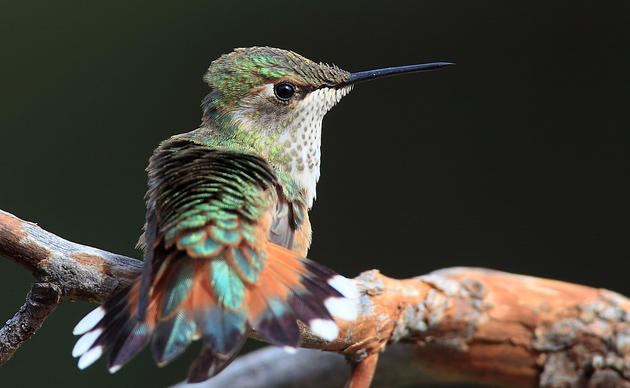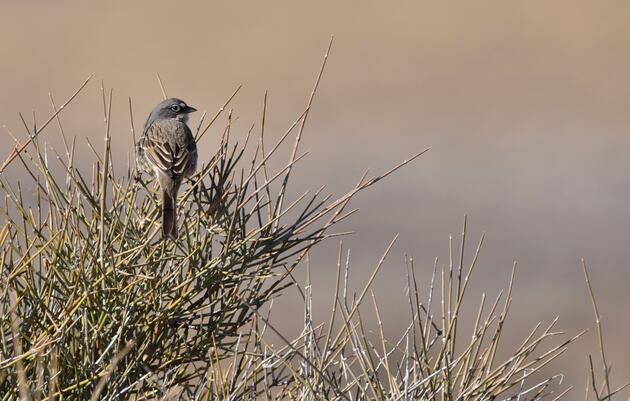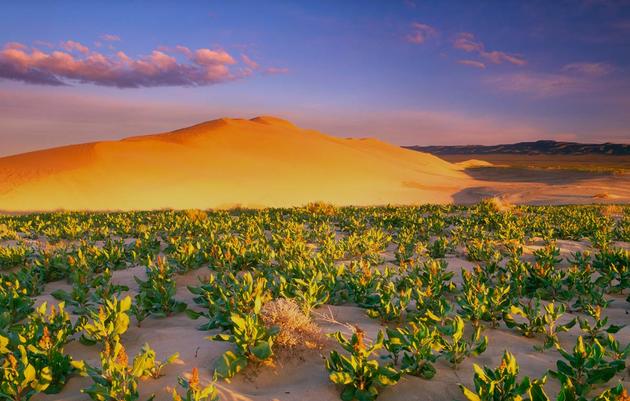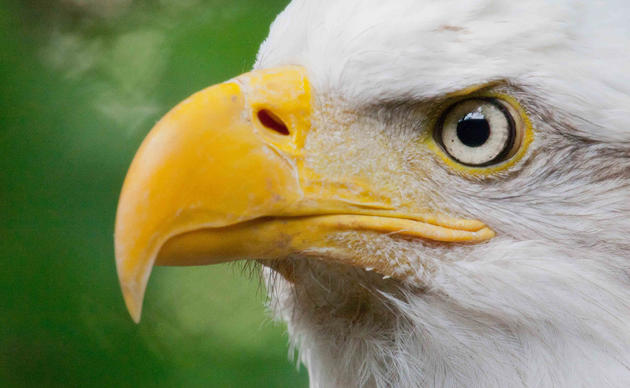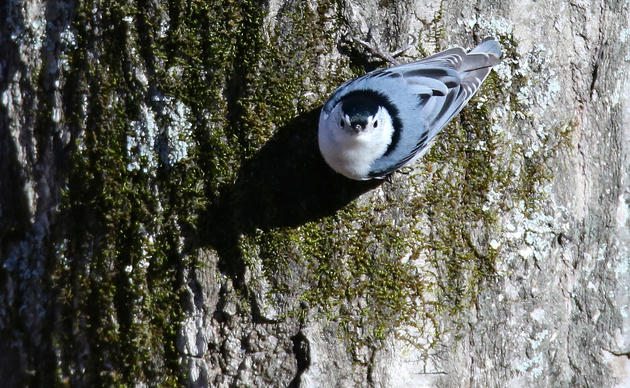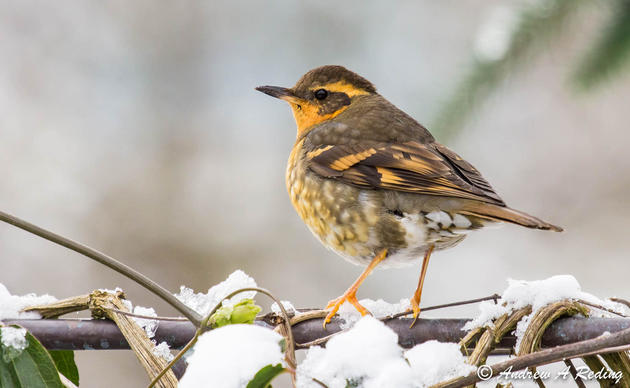Conserving the Sagebrush Sea
On the eastside of Cascade Mountain range lies a stunning yet litte-known ecosystem called the sagebrush shrub steppe. This unique and fragile landscape is home to a diverse array of threatened and endangered plant species, and several animal species that depend solely on sagebrush to survive including the Brewer's Sparrow, Sage Thrasher, Sage Sparrow, Loggerhead Shrike, and, of course, the Greater Sage Grouse.
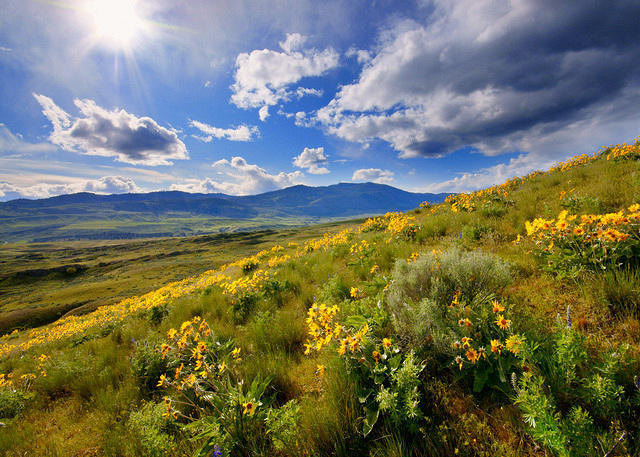
Taking Action
Alongside several partners, Audubon has been working to recover the Greater Sage Grouse in Washington State through species monitoring and management plan input.
Spokane Audubon Society leads a citizen science lek monitoring project in several Eastern Washington counties.
Audubon Washington and eastern Washington chapters are providing comments to the Bureau of Land Management as they complete a long-term management plan for the BLM Spokane District as part of the United States National Sage Grouse Conservation Strategy. We are advocating that the local BLM Sage Grouse Management Plan apply the Audubon Rockies Core Area Strategy to the Spokane District Resource Management Plan; protect 120,000 acres for species recovery in Washington state; designate protocols to restrict disturbances during grouse mating, nesting and brood rearing; establish re-colonization units and connectivity areas.
Partners
Washington Department of Fish and Wildlife - Shrubsteppe Ecology
Bureau of Land Management - Eastern Washington Management Plan
Resources
Sagebrush Shrub-steppe Restoration - A handbook for restoring local sagebrush shrub steppe habitat.
Related
Hanford Reach National Monument
Advocating for additional lands to support sagebrush birds and other wildlife.
How you can help, right now
Be the Voice for Birds
Decision makers need to hear from you. Sign up for Audubon Washington's Action Alerts and you will have an opportunity to weigh in on proposals that impact birds.
Get Involved
Birds need YOU! Get involved in helping to preserve our birds and their habitats today. There is something for everyone!
Take Action on Climate Change
Does your decision maker know that climate change is number one threat to birds? Ask for their help to protect the birds, the places, and the planet we love.

